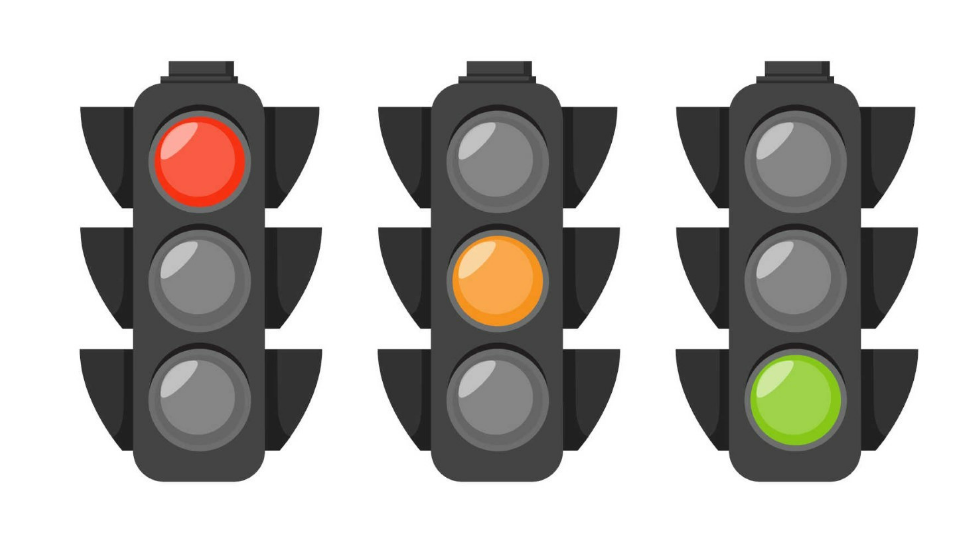The Art and Science of Traffic Signal Design
In New Zealand’s dynamic urban planning, traffic signal design is indispensable. Thoughtfully designed traffic signals contribute to smooth road networks, safety, and sustainability to deliver resilient and interconnected cities.
This article delves into the multidimensional aspects that define the realm of traffic signal design.
Understanding the Core Principles
Traffic signal systems are far from static; they are living, breathing entities orchestrating the ebb and flow of vehicular and pedestrian movement.
Let’s explore the core principles governing traffic signal systems.
Traffic Signal Control Strategies
Efficient traffic management hinges on sophisticated control strategies employing advanced algorithms and machine learning technologies.
These systems dynamically adjust signal timings based on real-time traffic conditions, changing how long lights stay red or green depending on road occupancy.
Colour Psychology in Traffic Signals
Beyond the visual, we delve into the psychological impact of signal colours.
Each colour influences driver behaviour—red commands an immediate stop, green signals permission to proceed, and yellow indicates a cautionary phase—providing a nuanced view of human-machine interaction.
Integration of IoT in Traffic Systems
Internet of Things (IoT) in traffic signal design involves connecting sensors and employing real-time data analysis to enable adaptive signal control.
By unravelling the intricate web of connectivity, traffic signals become capable of dynamically responding to ever-changing scenarios in urban environments.
Human Factors in Signal Design
Human behaviour is integral to creating a safer and more user-friendly traffic system. By understanding how pedestrians and drivers interact with traffic signals, crosswalks, and intersections, designers can anticipate potential risks and implement features that enhance safety.
Human-Centric Design Considerations
Enhancing Pedestrian Safety
Human-centric design considers pedestrian safety by implementing countdown timers and audible signals at crosswalks.
For example, features like countdown timers provide pedestrians with information, allowing them to make informed decisions about crossing and fostering predictability and order.
Universal User Experience
Ensuring a universal user experience involves designing traffic systems accessible to everyone and fostering inclusivity through clear signage, universally recognised symbols, and audible signals for individuals with visual impairments.
Behavioural Psychology in Traffic Management
Applying behavioural psychology involves understanding and influencing driver behaviour.
For instance, strategically placed road signs or signals can influence drivers to adhere to speed limits or adopt safer driving practices, contributing to overall road safety.
Public Engagement in Signal Planning
This innovation emphasises involving the community in decisions about traffic signal placements and timings, ensuring signals align with the needs and preferences of the local population.
Based on these factors, New Zealand and other developed countries see a promising future for traffic system design.
Let’s explore how experts leverage cutting-edge technologies to address contemporary urban challenges.
Technological Innovations in Traffic Signal Systems
Smart Traffic Signal Systems
Smart traffic signal designs incorporate advanced technologies, such as sensors and connectivity, to improve traffic flow and reduce congestion. These systems can dynamically adjust signal timings based on real-time data, responding to changing traffic conditions.
For example, if the system detects a high volume of vehicles on one road, the smart signals can extend the green light duration to optimise traffic flow.
Next-Gen Signal Timing Algorithms
Next-gen signal timing algorithms go beyond traditional models. These systems utilise machine learning and real-time data analysis to optimise signal timings on the fly, minimising delays and reducing fuel consumption.
For instance, the algorithm can learn from historical traffic patterns to predict peak hours and adjust signal timings accordingly.
Visionary Approaches to Adaptive Control
Visionary approaches to adaptive control involve leveraging predictive analytics and AI-driven decision-making to create proactive traffic systems. These strategies enable traffic signals to foresee and mitigate potential issues.
Predictive analytics might anticipate heavy traffic during a special event, prompting the system to adjust signal timings in advance.
Augmented Reality in Traffic Management
Traffic management integrates AR technology to enhance the visualisation of traffic conditions. AR contributes to a more intuitive and responsive urban transportation experience.
For instance, by using AR overlays on navigation apps, drivers can receive real-time information about optimal routes, potential hazards, and upcoming traffic signals.
This innovation improves navigation by highlighting efficient paths and enhancing situational awareness for drivers and monitoring parties.
The Trailblazers in Traffic Signals Design
Traffic signal design companies are pivotal for current and future traffic management, driving innovation in smart systems and advanced algorithms. Their expertise in implementing technologies like augmented reality and IoT makes traffic signals responsive and adaptable to changing urban conditions.
These firms are responsible for the continuous advancement that ensures efficient, safe, and user-friendly traffic networks, shaping the future of urban transportation.
Remember, the future of traffic signal design is not just about managing traffic; it’s about creating a seamless and sustainable urban experience for all.
We hope this article has provided you with a deep and comprehensive understanding of the multifaceted world of traffic signal design to appreciate the trailblazers and innovations that made all these possible.

